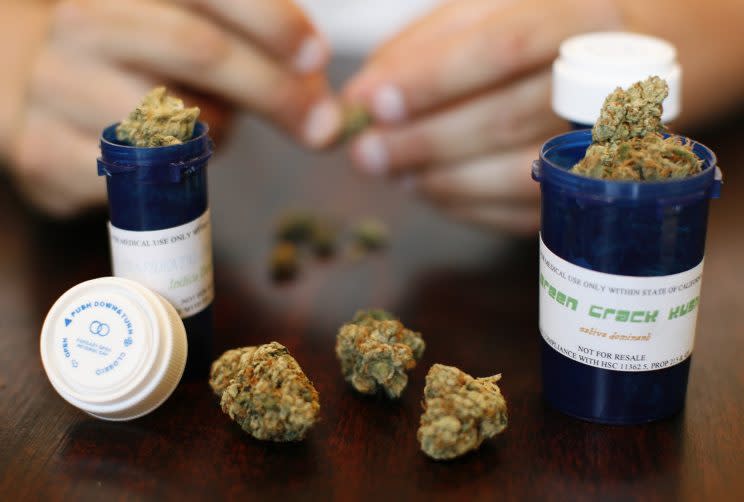How will legalized pot change the medical marijuana industry?

The future of Canada’s medical marijuana system is up for debate as plans move forward to legalize the drug.
The government’s marijuana legalization report released Tuesday doesn’t make any guarantees about medical marijuana access after recreational use is legalized, though it appears supportive of a separate regime for therapeutic cannabis.
Deepak Anand, executive director of the Canadian National Medical Marijuana Association, told Yahoo Canada News he’s happy to see the task force recommend that a medical marijuana program continue to exist alongside a recreational one.
“There needs to be more research around therapeutic benefits of cannabis and that can only happen with a medical system carved out,” Anand said.
The task force acknowledged Canada’s existing medical marijuana system influenced its recommendations for the recreational one, particularly around quality and safety provisions.
And it noted that though the science is inconclusive on the benefits of pot for sick patients, “there is agreement,” the report read, that people derive therapeutic benefits from the compounds in the plant.
“This makes these patients’ use of cannabis different from that of non-medical users, even though the product (dried cannabis, cannabis oil, etc.) being used is the same,” the report reads.
But Ian Culbert, executive director of the Canadian Public Health Association, told Yahoo Canada News that the evidence for the therapeutic use of cannabis isn’t robust enough to support a dual-system model.
“The evidence behind cannabis as medicine is extremely weak,” Culbert said. Selling marijuana for medicinal purposes in the absence of stronger evidence for its use gives Canadians, particularly younger people, the false impression that it is a health product, he said.
Sales of medical marijuana fell in Colorado as recreational pot was allowed, GreenWave Advisors found last year, and Culbert says that having two systems can be confusing.
Culbert does support keeping aspects of the existing medical model, including online sales by mail order. Anand was glad to see the report recommend expanding somewhat on the regulated system currently in place for medical marijuana, perhaps by allowing outdoor growing. And both he and Culbert support a legal age below 20 in order to keep younger users from turning to the black market.
But there are still questions to be answered for medical marijuana users, Anand said, and areas of concern in the report. He points to the recommendation that medical and recreational marijuana be taxed at the same level as a problem.
“Just like any other medicine we’re of the opinion that there should be no tax, period,” Anand said. He would also like to see therapeutic cannabis be given a Drug Identification Number, which would allow for coverage via private and public insurance, and the sale of medical marijuana in pharmacies.
Ultimately both Culbert and Anand caution there are no guarantees the task force’s recommendations will be incorporated in the legislation, which is expected to be introduced in spring 2017.
“What happens when it gets to Parliament could be completely different,” Anand said.



